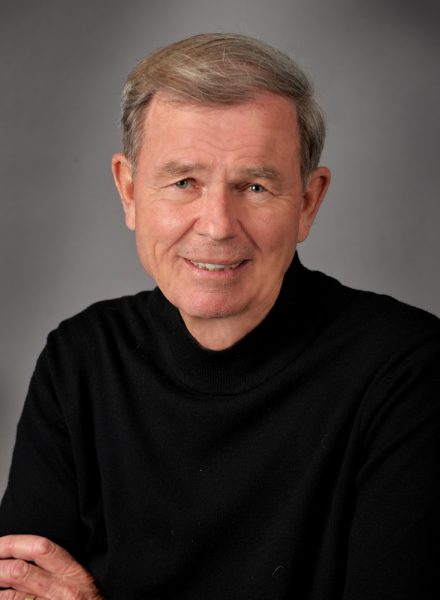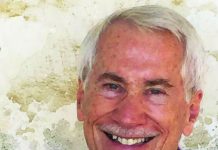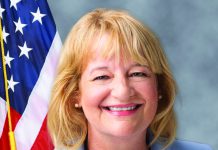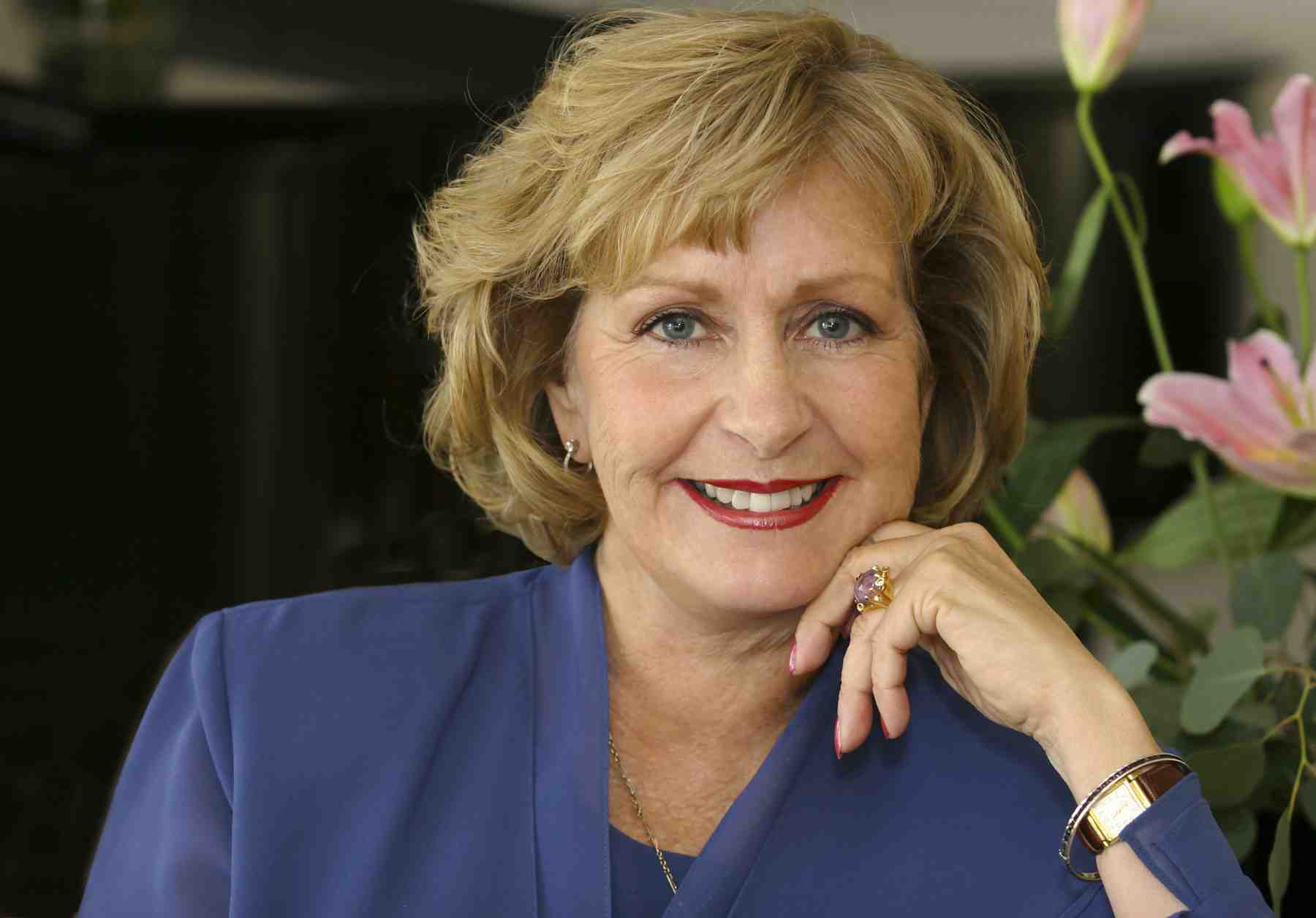Illuminating the Dead Sea Scrolls

Laguna Beach United Methodist Church (UMC) held its “Homecoming Sunday” last week, admitting eight new members. The service was followed by the first of three Dead Sea Scrolls presentations by Bill Yarchin, a professor and notable biblical scholar at Azusa Pacific University. For me it was a double-header—a chance to hear Pastor Lynn Francis and also be taught on the Dead Sea Scrolls.
Because the U.S. Constitution properly separates church and state, education on religion is necessarily a grassroots project. Thus, Yarchin’s presentation, part of UMC’s education outreach, fills a vital need. The Dead Sea Scrolls, once described as “the greatest archeological find of modern times,” contain copies of all the Hebrew Bible (roughly the Old Testament) books except Esther. Sadly, 75 years after their first discovery in the caves around Qumran near the Dead Sea, their importance remains a mystery to most.
The Qumran commune, referred to today as Essenes, lived for about two centuries, between the 167 B.C. Jewish Maccabean uprising from Greek Empire influence and the failed 66 A.D. Great Jewish Revolt against the Roman Empire. The Essenes were an ultra-religious ascetic Jewish sect who typically lived in desert communes. Qumran had an unusual library and it is believed they secreted their scrolls in caves before the advancing Roman Army around 66 AD. Here the scrolls, protected by the dry desert air, rested for two millennia awaiting discovery.
The Dead Sea Scrolls provide the earliest biblical manuscripts of substance. Before Qumran, the four Great Codices (manuscripts on vellum in book form) were the oldest biblical manuscripts. Two of these, Codex Sinaiticus and Codex Vaticanus, may come from Roman Emperor Constantine’s 4th Century project to create fifty Bible copies (book-making was painstaking before Gutenberg). Thus, the Dead Sea Scrolls take us back at least five centuries earlier.
The first scrolls recovered included a complete copy of Isaiah, known as the Great Isaiah Scroll; a “pesher” or commentary on the book of Habakkuk; and a copy of the Qumran guiding document or “Community Rule,” thus a primary document. Yarchin first introduced the scrolls. He then explained who the Qumran people were by interpreting the “Community Rule” book wherein they derived their purpose based on scripture. I found myself fascinated by these devout people who dedicated their lives to reading and preserving scripture and left to us our most ancient scripture.
Yarchin will present three lectures; if you missed the first you can find it at the UMC website. Take time to understand it; I’ve watched it several times in order to better understand. The next lectures will be on Sept. 19 and 26, about 11 a.m. following services. I would pay good money to be taught by an expert like Yarchin in a personal setting. UMC offers it for free.
As noted, education on religion in the U.S. is a grassroots project. There is no controlling authority and there are many sources. UMC is helping to do this great work and deserves our support. There’s meaning in that.
Skip fell in love with Laguna on a ‘50s surfing trip. He’s a student of Laguna history and the author of Loving Laguna: A Local’s Guide to Laguna Beach. Email: [email protected]




